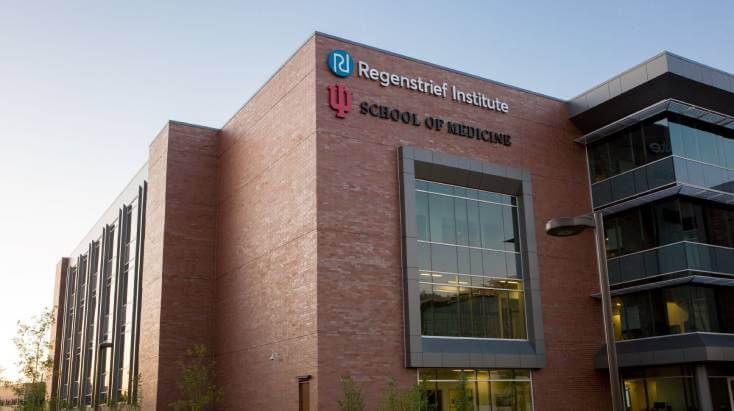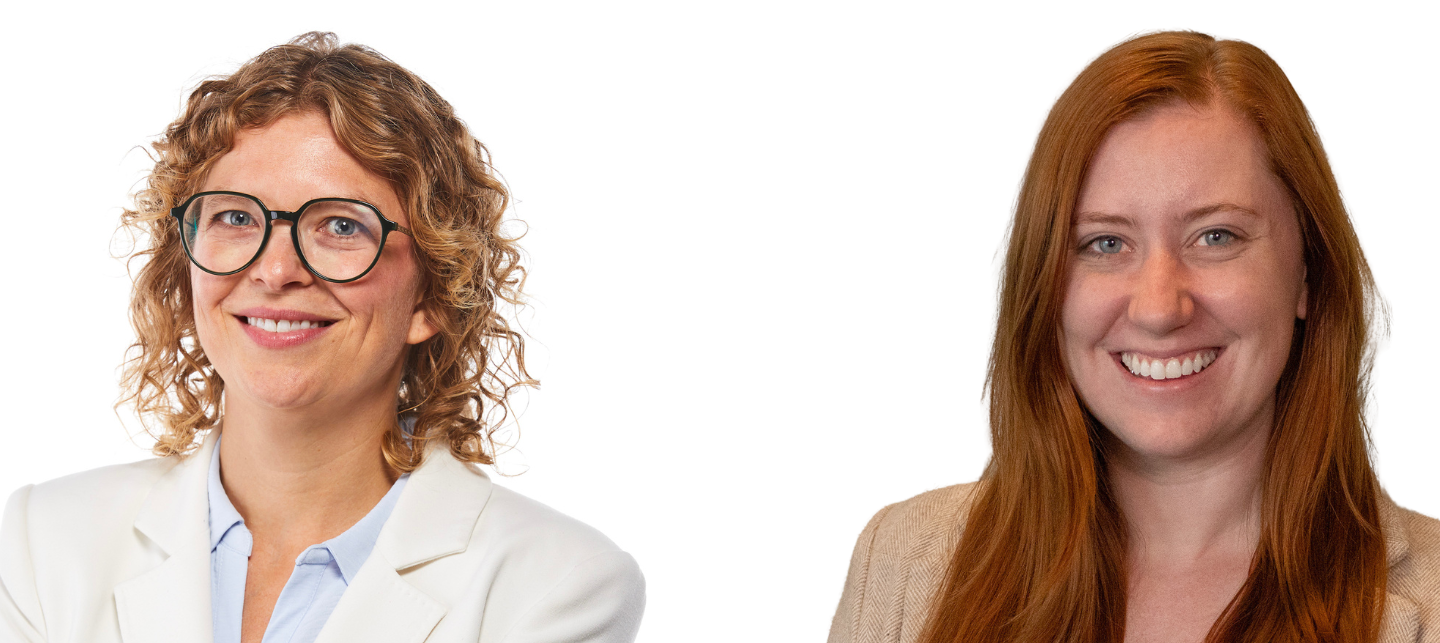Published in the JAMA Network Open. Here is a link to the article.
Regenstrief Institute authors: Katie Ross-Driscoll, PhD, MPH, Rachel E. Patzer, PhD, MPH
This cohort study evaluates the validity of a Common Data Model (CDM) developed by the Consortium for the Holistic Assessment of Risk in Transplant (CHART) to enhance transplant-related data collection beginning at the referral stage. Traditional registry-based systems lack detailed information, prompting calls for modernization. The CHART CDM was informed by stakeholder interviews and steering committee discussions, resulting in 368 data elements organized into standardized clinical tables. Patient data was deidentified and structured to allow linkage across different phases of care, preserving time-based relationships while protecting privacy.
The study examined data from 91,877 transplant referrals (covering 79,787 patients) for liver, kidney or pancreas transplants at seven U.S. transplant centers between January 2016 and December 2022. These records included over 9 million clinical encounters, 45 million lab results and 51 million procedures. Area-level information, such as income and neighborhood characteristics, was linked through geocoded patient addresses.
Analysis showed high data plausibility and consistency in the timing of clinical events. However, there was substantial variation in missing data, particularly for variables like education level and citizenship. Missing data tended to correlate with specific electronic health record (EHR) platforms and individual transplant centers but declined as patients moved through the transplant process.
The findings support the feasibility of using an EHR-based, system-independent CDM to improve transplant data infrastructure. Such a model could reduce administrative burdens and capture more meaningful information than current national registries. Further validation, especially across more organ types and in partnership with technical experts and policymakers, is recommended to guide future implementation.
Authors:
Lisa M. McElroy, MD, MS1,2; Ursula Rogers, BS1; Liz Nichols, MS1; Nrupen A. Bhavsar, PhD, MPH1,3; Tyler Schappe, MS3; Jessica Harding, PhD4; Alexandra T. Strauss, MD, PhD, MIE5; Elisa J. Gordon, PhD, MPH6; Katie Ross-Driscoll, PhD, MPH7; Rhiannon Deirhoi-Reed, PhD, MPH8; Norine W. Chan, MD1; Jackie B. Henson, MD9; Yue Harn Ng, MD, MPH10; Dave J. Taber, PharmD, MS11; Adam J. Milam, MD, PhD12; Jesse D. Schold, PhD13; Juan Carlos Caicedo, MD14; Andrew B. Adams, MD, PhD15; Rachel E. Patzer, PhD, MPH7; Samuel I. Berchuck, PhD3; Roland Matsouaka, PhD3; Jennifer Gagnon, BS, RN1; Allan D. Kirk, MD, PhD1
Affiliations:
- 1Department of Surgery, Duke University School of Medicine, Durham, North Carolina
- 2Department of Population Health Sciences, Duke University School of Medicine, Durham, North Carolina
- 3Department of Biostatistics and Bioinformatics, Duke University School of Medicine, Durham, North Carolina
- 4Department of Surgery, Emory University School of Medicine, Atlanta, Georgia
- 5Department of Medicine, Johns Hopkins University, Baltimore, Maryland
- 6Department of Surgery, Vanderbilt University Medical Center, Nashville, Tennessee
- 7Center for Health Services Research, Regenstrief Institute, University of Indiana, Indianapolis
- 8Department of Surgery, University of Alabama, Birmingham
- 9Department of Medicine, Duke University School of Medicine, Durham, North Carolina
- 10Department of Medicine, University of Washington, Seattle
- 11Department of Surgery, Medical University of South Carolina, Charleston
- 12Department of Anesthesiology and Perioperative Medicine, Mayo Clinic, Phoenix, Arizona
- 13Departments of Surgery and Epidemiology, University of Colorado Anschutz Medical Campus, Aurora
- 14Department of Surgery, Northwestern University, Chicago, Illinois
- 15Department of Surgery, University of Minnesota, Minneapolis








